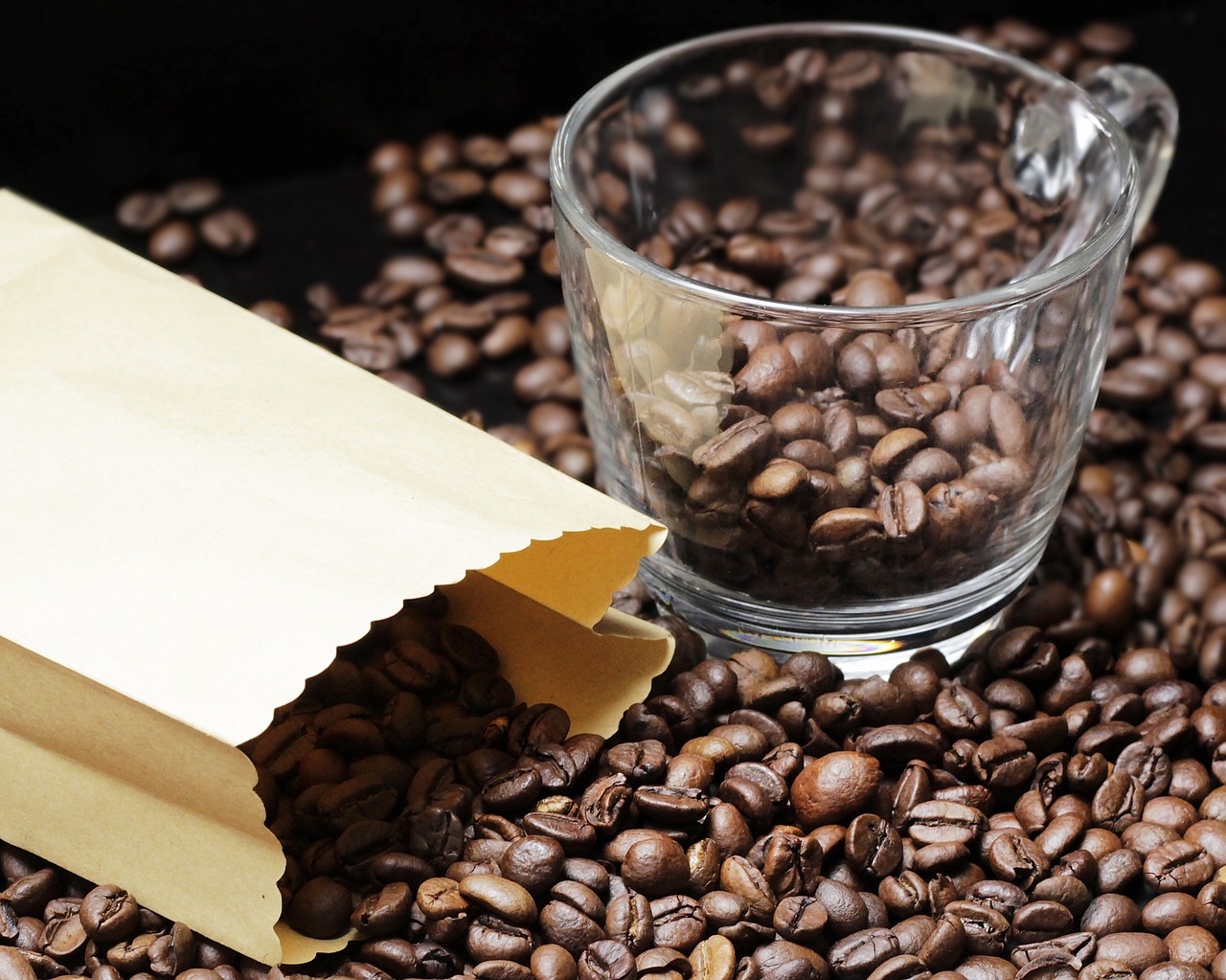Exploring the World of Artisan Bread and its Revival
Artisan bread has a rich history that dates back centuries. Originating in Europe during the Middle Ages, artisan bread was traditionally made by skilled bakers who crafted loaves using simple ingredients such as flour, water, salt, and yeast. These bakers took pride in their craft, passing down their techniques from generation to generation.
As societies evolved, so did the methods of baking bread. Artisan bread became synonymous with quality and craftsmanship, with each region developing its unique styles and flavors. The attention to detail and dedication to using only the finest ingredients set artisan bread apart from mass-produced loaves, creating a niche market for those seeking an authentic and superior bread experience.
Different Types of Artisan Bread
Artisan bread comes in a variety of delicious forms, each showcasing unique flavors and textures. From traditional sourdough with its tangy taste and chewy crust to hearty whole wheat bread packed with nutrients, there is a type of artisan bread to suit every taste preference. Italian ciabatta bread is known for its airy, hole-ridden structure and versatility for sandwiches or toast alike.
Focaccia, a flat oven-baked bread, is a favorite among many for its simplicity and ability to be topped with herbs, cheese, or vegetables. Brioche, with its rich and buttery taste, is perfect for sweet or savory applications, making it a versatile choice for any meal. Artisan bread enthusiasts can also enjoy the unique flavors of challah, a soft and slightly sweet bread often braided for a stunning presentation.
The Ingredients Used in Artisan Bread
Artisan bread is characterized by its simple yet quality ingredients that contribute to its distinct flavor and texture. The key components used in artisan bread baking are flour, water, yeast, and salt. Flour is the primary ingredient, typically made from wheat but can also be made from rye, spelt, or other grains, each adding a unique taste and texture to the bread.
Water serves as the liquid base to bring the ingredients together and activate the yeast. Yeast is responsible for the fermentation process, producing carbon dioxide that causes the bread to rise. Salt not only enhances the flavor but also regulates the fermentation process and strengthens the gluten structure in the dough. These basic ingredients, combined with time and skilled techniques, result in the creation of delectable artisan bread that is celebrated for its complex flavors and crispy crust.





